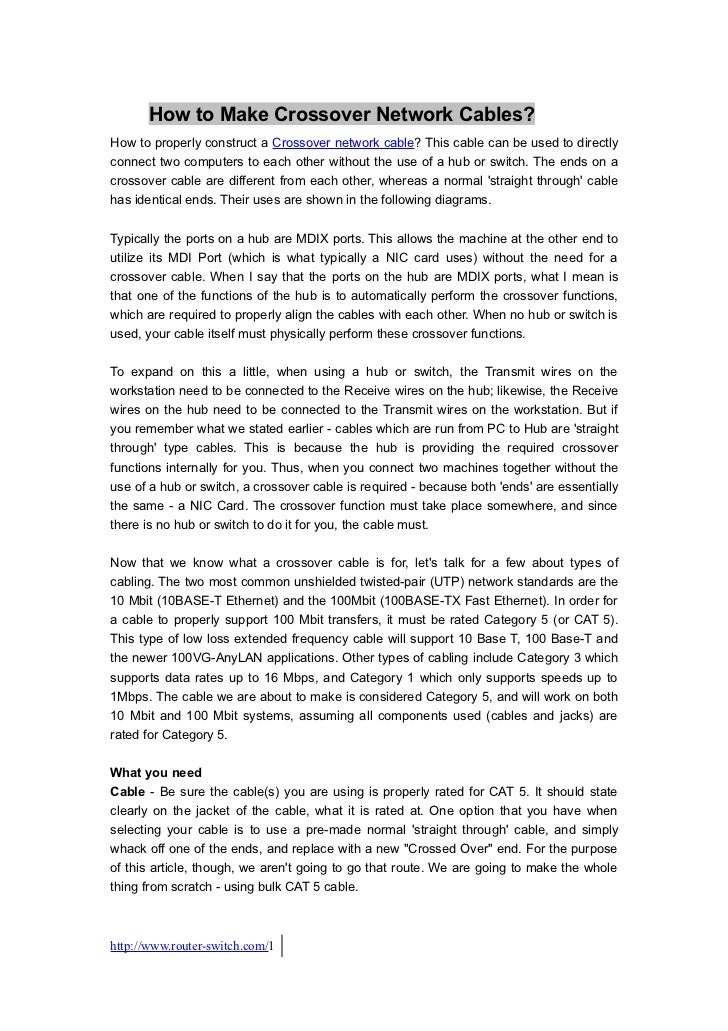
The cut-off frequency is where the signal output is -3dB down on the normal level.įor example, in a low pass filter we might have a cut-off frequency of 1kHz (ie, -3dB point) and from there on the filter slope could be 12dB/octave. The filters used in this circuit have an attenuation of 12dB/octave this is the filter slope and it applies for frequencies after the cut-off frequency. The other points you need to know about high and low pass filters are the so-called cut-off frequency and the filter slope. We use a band-pass filter for the midrange output in this active crossover circuit.

If we cascade (ie, connect in series) a high pass filter with a low pass filter, the combination will pass a band of frequencies and we then refer to it as a bandpass filter.


Hence, the part of a crossover network which feeds a tweeter is said to be a high pass filter, even though it may consist of only one capacitor. Similarly, a high pass filter is one that allows high frequencies to pass through and it blocks low frequencies.
Crossover network kit Pc#
While the power supply is also on the PC board, it is shown in Fig.3.įig.4: the basic arrangements for the low pass and high pass filters. Since both channels are identical, this shows only the left channel. Now let's have a look at the circuit of Fig.2. The only external wiring to the board are the secondary connections to the toroidal power transformer. Inside the case, all the circuitry is on a PC board measuring 219 x 99mm and this includes the dual RCA input and output sockets. On the rear panel there are four pairs of RCA sockets, one pair for the stereo input signals while the other three are for the stereo low (woofer), midrange and high (tweeter) signals.Īlso on the rear panel is the IEC mains power socket and a fuseholder for the primary circuit of the power transformer.
Crossover network kit driver#
To alter the drive to the loudspeakers, you will need to adjust the volume controls of the driver amplifiers. There are no user controls for the crossover no switches to alter the crossover frequencies nor external level controls for the output signals. The Active Crossover presented here is housed in a 1-unit high rack case with just the power switch on the front panel.
Crossover network kit drivers#
The six outputs (three only shown here three more in the right channel) each drive separate power amplifiers for the tweeter, midrange and bass drivers in your loudspeakers. Active crossoverįig.2: just 12 op amps and a few other components make up each channel of the active crossover. The active crossover approach also means you can mix 4Ω and 8Ω drivers in the same system and match the levels easily, without power wastage. And ultimately, you can end up with a system with higher performance, including much higher power levels. So you end up with a lot more amplifiers than in a conventional system but it gives you a lot more flexibility. The overall system layout is shown in the block diagram of Fig.1. Its output signals are fed to six (yep, six) separate amplifiers to drive the woofer, midrange and tweeter units in each loudspeaker enclosure. This is the job of the "active crossover". In an "active" system, we eliminate the passive crossover networks and electronically split each of left and right channel signals into three frequency bands: low, midrange and high. It involves just one stereo amplifier to drive the two speaker boxes in a stereo system. It replaces the crossover currently in the speaker enclosure. Fig.1: the block diagram shows the overall system layout.


 0 kommentar(er)
0 kommentar(er)
